SOURCE: AFI


The Ministry of Defence (MoD), Government of India, has launched a procurement initiative to acquire 11 Rigid Hull Boats (Amphibious) or RHB (Amph), inviting prospective bidders to participate in the process. This unique acquisition aims to bolster the Indian armed forces’ capabilities with a versatile, dual-purpose vessel designed to operate seamlessly both at sea and on land. The RHB (Amph) is poised to become a critical asset for operations in diverse environments, from open waters to shallow creek areas, reflecting India’s growing emphasis on adaptable and rugged military equipment.
The RHB (Amph) is envisioned as a high-performance amphibious boat that doubles as a motorable vehicle on land, a hybrid design tailored to meet the operational demands of India’s coastal and inland waterways. Its proposed deployment includes maritime missions as well as support in shallow creeks—regions where traditional boats or land vehicles alone often fall short. This dual functionality makes it ideal for rapid response, troop transport, or logistics in areas like the Andaman and Nicobar Islands, Gujarat’s creek-laden borders, or the Sundarbans, where seamless transitions between water and land are essential.
Continue readingSOURCE: AFI
)

The Ministry of Defence (MoD), Government of India, has issued a Request for Information (RFI) to procure approximately 7,050 hours of simulator training annually for the Advanced Light Helicopter (ALH) Mk-III and ALH-WSI (Weapon System Integrated) skid versions. This ambitious initiative, structured on a “pay-as-you-use” basis, aims to enhance the operational readiness of Indian Army Aviation, Indian Air Force, Indian Navy, and Indian Coast Guard (ICG) pilots. The RFI, which includes a commitment from the ICG, seeks vendors capable of delivering a comprehensive package encompassing Full Flight Simulator (FFS) training, maintenance support, and instructor services under a Build, Operate, Train, and Maintain (BOTM) model.
The ALH Mk-III and ALH-WSI, indigenously designed by Hindustan Aeronautics Limited (HAL), are versatile platforms deployed across India’s armed forces for roles ranging from search and rescue to anti-submarine warfare and armed reconnaissance. The RFI outlines a simulator training program designed to replicate real-world flying conditions with near-realistic fidelity. The FFS must simulate all helicopter systems—both on the ground and in flight—enabling crews to practice normal, abnormal, and emergency procedures as outlined in the Flight Manual. Additionally, it must cover scenarios not explicitly detailed in manuals, such as brownout (dust obscuring vision), snowout, and vortex ring state, ensuring aviators are prepared for unpredictable challenges.
Continue readingSOURCE: AFI
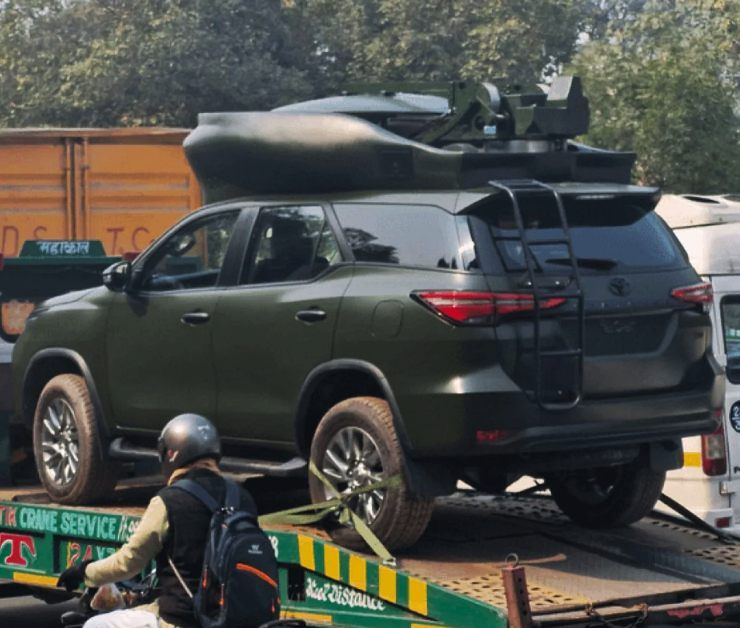

In recent days, the internet has been abuzz with images of a fleet of matte olive green Toyota Fortuners, a sight that stands out from the usual SUVs cruising city streets. These aren’t your everyday Fortuners, blending into the traffic of daily commutes. Instead, they sport an intriguing and massive bulging carrier mounted on their roofs, prompting widespread speculation about their purpose and ownership. For those wondering about the story behind these unique vehicles, here’s what we’ve uncovered.
The standout feature of these Fortuners is the oversized roof-mounted bulge, which isn’t just for show. It’s a specialized satellite communication system, a modification that hints at a highly specific and rugged purpose. Sources suggest that these SUVs are likely commissioned for the Indian military, particularly its special forces, designed to operate in remote regions where conventional networks are unreliable or nonexistent. This isn’t the first glimpse we’ve had of these vehicles—earlier images revealed another striking detail: the rear seats have been entirely removed to make way for advanced communication equipment tailored for military use.
Continue readingSOURCE: AFI
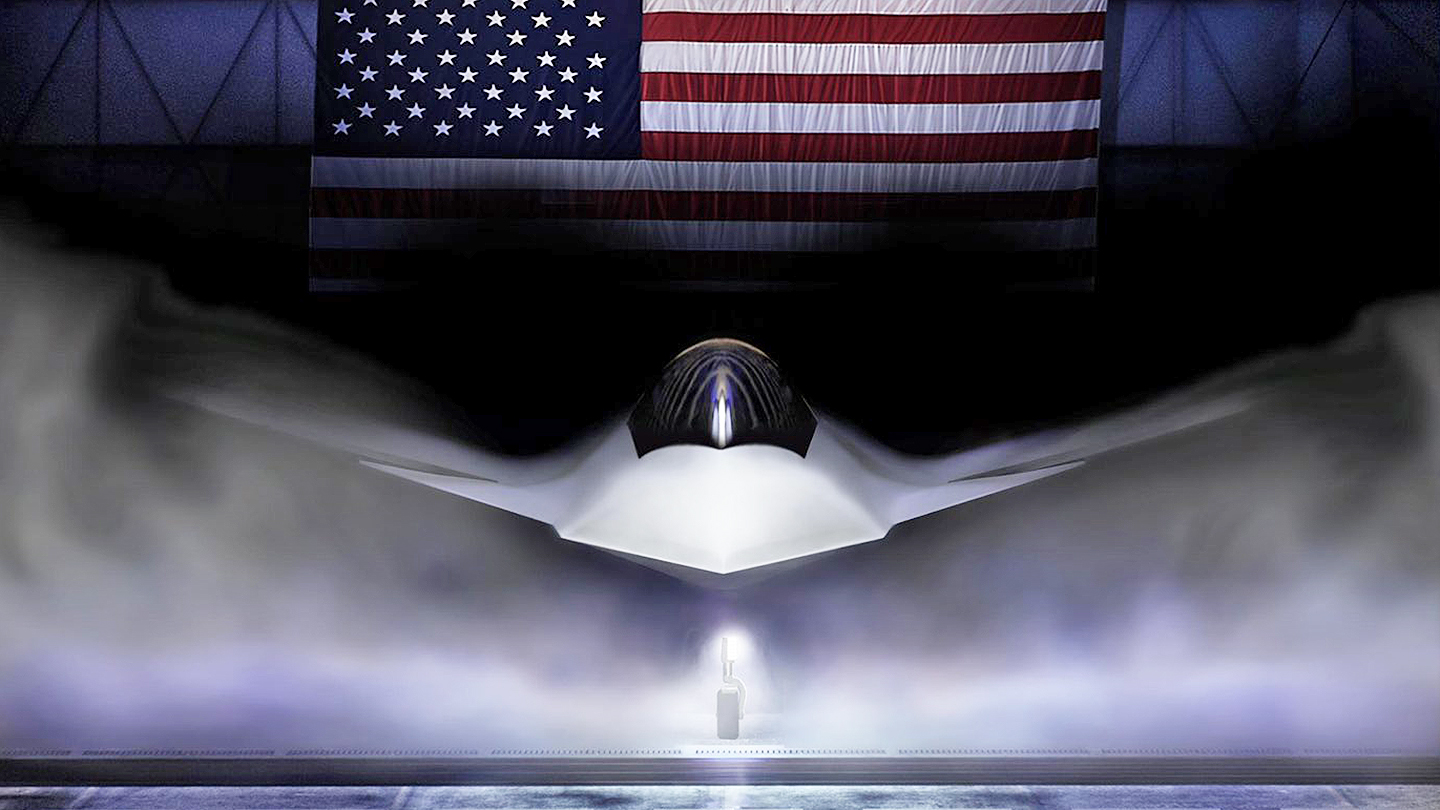

Boeing’s upcoming F-47, the United States’ flagship sixth-generation fighter jet developed under the Next Generation Air Dominance (NGAD) program, promises to redefine air superiority with its advanced stealth, Mach 2 speed, and integration with autonomous drones. However, despite its technological prowess, the F-47 may face significant hurdles in securing export markets—a critical factor in offsetting its high development and production costs.
Unlike the fifth-generation era, where the U.S. initially dominated with the F-22 Raptor and later the F-35 Lightning II, the sixth-generation landscape is shaping up to be fiercely competitive from the outset, with close U.S. allies and adversaries alike pursuing their own programs, potentially sidelining Boeing’s offering.
Continue readingSOURCE: IDRW.ORG


In a strategic move to modernize its logistical capabilities, the Indian Army has issued a Request for Information (RFI) for the procurement of Logistic Drones tailored for medium and high-altitude operations. This dual RFI, targeting Logistic Drones (Medium Altitude) and Logistic Drones (High Altitude) along with their accessories, aims to finalize Service Qualitative Requirements (SQRs), determine procurement categories, and identify capable Indian vendors. The Army has set an ambitious timeline, expecting delivery within two years of the contract award, aligning the initiative with the “Make in India” and “Atmanirbhar Bharat” programs to bolster indigenous defense manufacturing.
The RFI reflects the Army’s recognition of drones as a game-changer for logistics in the challenging terrains along India’s northern borders, including Jammu & Kashmir, Ladakh, Himachal Pradesh, Uttarakhand, Sikkim, and Arunachal Pradesh. These regions, marked by rugged mountains and extreme weather, pose significant hurdles to traditional supply chains, particularly for forward posts in remote areas. The drones are envisioned as a solution to provide an “operational logistic surge,” ensuring timely delivery of critical supplies to troops stationed at altitudes of up to 3,000 meters for medium-altitude variants and up to 5,000 meters for high-altitude models.
Continue readingSOURCE: IDRW.ORG


In a significant step toward enhancing its artillery capabilities, the Indian Army, under the aegis of the Ministry of Defence, Government of India, has issued a Request for Information (RFI) to procure rocket ammunition for its in-service 122mm Grad BM-21 Multi Barrel Rocket Launcher (MBRL) system. The move underscores the Army’s intent to strengthen its firepower across diverse terrains, from plains and deserts to high-altitude mountainous regions, ensuring operational readiness for a range of artillery tasks. With this RFI, the Army is reaching out to Original Equipment Manufacturers (OEMs) and authorized Indian vendors to identify capable partners for this critical project.
The 122mm Grad BM-21, a Soviet-origin MBRL system, has been a mainstay of the Indian Army’s rocket artillery regiments for decades. Known for its rapid salvo capability, the system can unleash a barrage of rockets to saturate targets, providing crucial fire support in both offensive and defensive operations. The RFI specifies that the new ammunition must be compatible with the existing in-service launchers, which feature launch tubes approximately 2.8 meters in length. This ensures seamless integration without necessitating modifications to the current fleet—a practical consideration given the system’s widespread deployment.
Continue readingSOURCE: AFI


On Pakistan Day, the Pakistan Air Force (PAF) released a stirring promotional video paying tribute to the resilience and spirit of the entire Pakistani nation. The video, a blend of patriotic fervor and military pride, showcased the PAF’s dedication to defending the country’s skies. However, amidst the grandeur of the tribute, a subtle yet telling detail emerged—evidence of the PAF’s persistent preoccupation with the Indian Air Force’s (IAF) Su-30MKI, a formidable multirole fighter jet that continues to dominate discussions within Pakistan’s military circles.
The promo video featured a segment with Squadron Leader and an instructor from the PAF’s 9 Griffins Squadron briefing their team ahead of a planned sortie. What caught the eye of keen observers was the presence of a scaled-down model of the IAF’s Su-30MKI in their hands during the briefing. This wasn’t a mere prop—it was a clear indication that the PAF’s training and tactical planning remain heavily centered on devising counter-strategies to tackle this Russian-origin aircraft, affectionately nicknamed “Rambha” by Indian forces. The inclusion of the Su-30MKI model underscores how deeply the aircraft has embedded itself in the PAF’s operational psyche.
Continue readingSOURCE: AFI
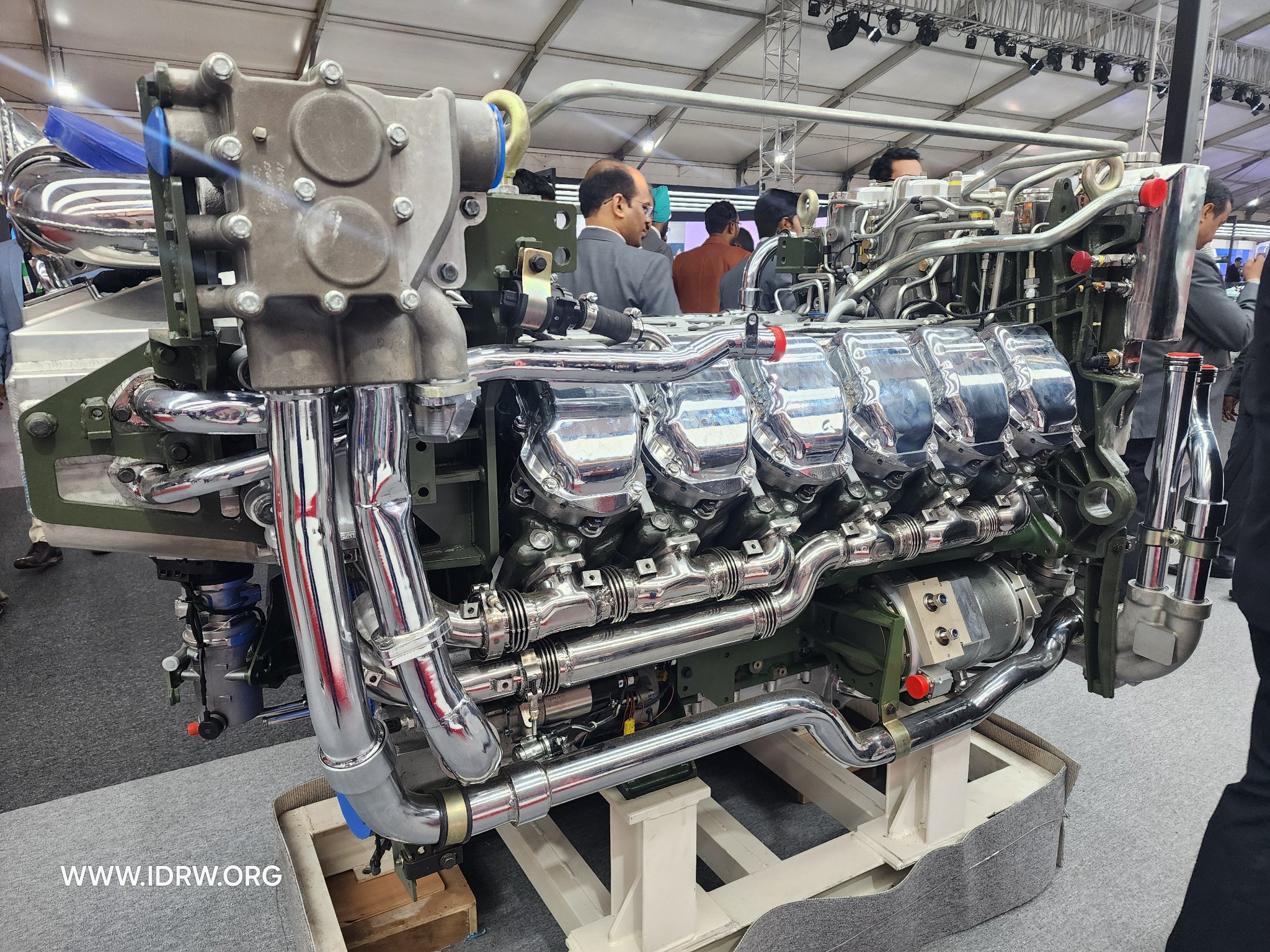

The realm of military engineering, particularly in the domain of Main Battle Tanks (MBTs), hinges on the performance of powertrains that drive these behemoths across diverse and often unforgiving terrains. The development of India’s indigenous DATRAN 1500 engine, a collaborative effort between the Defence Research and Development Organisation (DRDO) and Bharat Earth Movers Limited (BEML), marks a significant milestone in the country’s pursuit of self-reliance in defense technology.
This article delves into a detailed comparison of the DATRAN 1500 with its global counterparts in the same class—the MT 883 Ka 501 from Germany, the Batu from Turkey, and the DV27K from South Korea—showcasing how India’s offering stands tall in a competitive landscape.
Continue readingSOURCE: AFI


The Indian Army has taken a strategic step toward bolstering its battlefield deception tactics by issuing a Request for Information (RFI) for the procurement of 54 sets of Inflatable Mock-Up Bridges. This innovative acquisition includes 48 mid-sections and 6 end-sections, designed to mimic the appearance and signatures of the in-service Ponton Modular System (PMS) Bridge. The RFI, aimed at identifying capable vendors and Original Equipment Manufacturers (OEMs), underscores the Army’s intent to deploy these decoys across desert, semi-desert, and riverine terrains, enhancing its ability to mislead adversaries in both day and night conditions.
The Inflatable Mock-Up Bridge is engineered to be a near-perfect replica of the PMS Bridge, a modular bridging system used by the Indian Army for rapid river crossings and logistical support. In the visual spectrum (380 to 780 nm), the mock-up must be indistinguishable from the real thing when viewed from 500 meters during daytime under clear, bright sunlight, and from 100 meters at night under full moonlight. This level of fidelity ensures that enemy reconnaissance—whether human or optical—struggles to differentiate the decoy from an operational bridge at operational distances.
Continue readingSOURCE: AFI


Zeus Numerix, a pioneering Indian defence technology startup, has achieved a significant milestone in the realm of unmanned aerial vehicle (UAV) weaponization with the successful development and trial of its UAV-dropped munitions in the 3-25 kg class. Equipped with an in-house developed Ejector Rack Unit (ERU) as part of its UAV Weaponization Kit (UVW), this innovative system offers versatile configurations capable of carrying single or triple gravity-dropped munitions, with a maximum payload capacity of 55 kg. The Indian Army closely monitored the recently completed trials, underscoring the strategic importance of this advancement for India’s military modernization efforts.
The ERU supports multiple configurations: a single munition or a triple-munition setup, with a total payload capacity of up to 55 kg. Zeus Numerix has developed six distinct munition types, ranging from 2 kg to 25 kg, catering to diverse operational needs—from small-scale tactical strikes to larger, high-impact missions. These munitions are gravity-dropped, relying on the ERU’s precision release mechanism to ensure accurate delivery to targets.
Continue readingSOURCE: AFI

Digital Combat Simulator (DCS) World, a premier flight simulation platform developed by Eagle Dynamics, has captivated aviation enthusiasts and gamers with its high-fidelity aircraft modules, realistic physics, and immersive combat scenarios. Featuring a diverse roster of aircraft—from the American F-16C Viper to the Russian MiG-29 and even vintage warbirds like the P-51 Mustang—DCS World thrives on its detailed recreations of military hardware. Yet, despite its global appeal and the growing prominence of India’s indigenous Light Combat Aircraft (LCA) Tejas, this unique fighter jet remains conspicuously absent from the DCS module lineup. While there is significant interest from the DCS community in seeing a Tejas module, several practical, technical, and strategic factors explain its exclusion.
The LCA Tejas, designed by India’s Aeronautical Development Agency (ADA) and manufactured by Hindustan Aeronautics Limited (HAL), is a compelling candidate for DCS World. As a lightweight, single-engine, multirole fighter, it boasts a delta-wing configuration, advanced fly-by-wire controls, and a growing suite of modern avionics and weaponry, including the indigenous Uttam AESA radar and Astra missile. Its evolution from a replacement for aging MiG-21s to a 4.5-generation platform with variants like the Tejas Mk1A and the upcoming Mk2 makes it a fascinating study in modern aerospace design.
Continue readingSOURCE: RAUNAK KUNDE / NEWS BEAT / IDRW.ORG
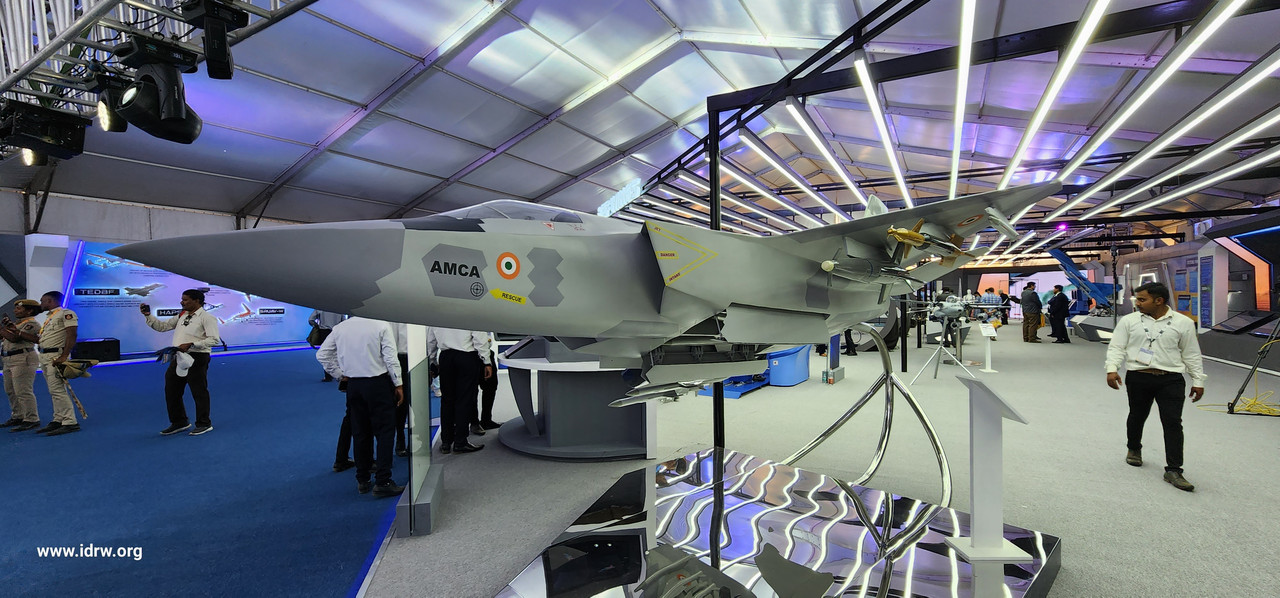

The buzz surrounding sixth-generation fighter jets has reached a global fever, with the United States and China claiming early leads in this next frontier of air combat. However, an official from India’s Aeronautical Development Agency (ADA), speaking to idrw.org, has dismissed the excitement as “overhype,” arguing that even the frontrunners have yet to define what truly constitutes a sixth-generation platform.
With the ADA firmly focused on delivering the 5.5-generation Advanced Medium Combat Aircraft (AMCA) for the Indian Air Force (IAF), the official emphasized that India’s approach is pragmatic and competitive. It integrates advanced features that rival so-called sixth-generation innovations without chasing an ill-defined label.
Continue readingSOURCE: RAUNAK KUNDE / NEWS BEAT / IDRW.ORG


The unveiling of the Twin Engine Deck-Based Fighter (TEDBF) scale model by the Aeronautical Development Agency (ADA) at Aero India 2025 has sparked a fiery online debate: Is India’s next-generation naval fighter a copy of the French Rafale? The TEDBF’s sleek canard-delta configuration, twin engines, and overall silhouette bear an uncanny resemblance to Dassault Aviation’s Rafale, fueling speculation across forums, social media, and defence blogs.
While some hail it as a testament to convergent design evolution, others cry foul, accusing ADA of reverse-engineering the IAF’s Rafale fleet. An ADA official, speaking to idrw.org, has firmly dismissed these claims, shedding light on the design process, the Navy’s role, and the TEDBF’s distinct features—such as Diverterless Supersonic Inlets (DSI), wing-folding mechanisms, and a heftier 26-ton Maximum Takeoff Weight (MTOW)—that set it apart from its French counterpart.
Continue readingSOURCE: RAUNAK KUNDE / NEWS BEAT / IDRW.ORG


In a significant boost to India’s naval self-reliance, the Defence Research and Development Organisation (DRDO) has launched a mission mode project titled “Indigenous Development of Signal Flares (Green & Red) and Anti-Sonar Device (ASD) for Kalvari-Class Submarines” for the Indian Navy. This initiative aims to equip the Navy’s cutting-edge Kalvari-class (Scorpène-class) diesel-electric submarines with homegrown countermeasures and signaling systems, reducing dependence on foreign suppliers and enhancing operational autonomy.
The project’s scope encompasses the full spectrum of development, qualification, and delivery of naval signal flares—both green and red—and an anti-sonar device (ASD) tailored to the stealth and tactical needs of the Kalvari-class fleet. These submarines, built under Project-75 by Mazagon Dock Shipbuilders Limited (MDL) in collaboration with France’s Naval Group, form the backbone of India’s underwater warfare capabilities. With six boats planned—INS Kalvari, Khanderi, Karanj, Vela, Vagir, and the yet-to-be-commissioned Vagsheer—this initiative ensures that their defensive and operational systems align with the “Make in India” vision.
Continue readingSOURCE: AFI
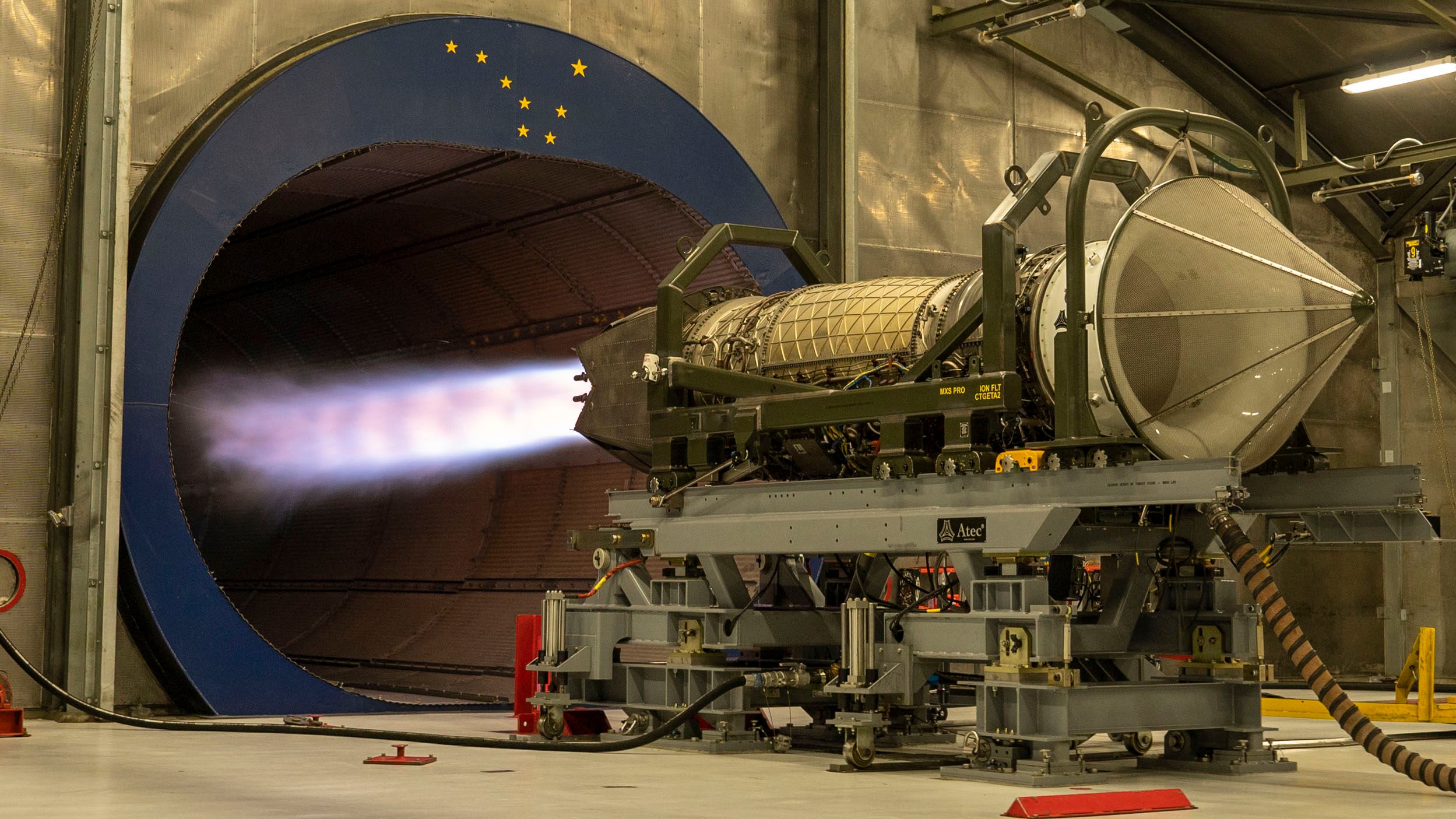

The Indian Air Force (IAF) has tasked the Gas Turbine Research Establishment (GTRE) with developing a new engine for the Advanced Medium Combat Aircraft (AMCA), India’s ambitious fifth-generation stealth fighter. The IAF’s specific requirement is for an engine capable of delivering supercruise—a sustained supersonic flight without afterburners—at an altitude of 12 kilometers (H=12 km), a speed of Mach 1.3, and a dry thrust of 72 kN. This move underscores India’s determination to equip the AMCA with cutting-edge technology, aligning it with global benchmarks for fifth-generation fighters. However, the question remains: Is supercruise a universally desired criterion for modern fighter jets, and how does it stack up among existing fifth-generation platforms?
Supercruise, the ability to maintain supersonic speeds without the fuel-guzzling afterburner, offers significant tactical advantages. It enhances fuel efficiency, extends combat range, and reduces the infrared signature, making the aircraft harder to detect. For the AMCA, achieving supercruise at Mach 1.3 (approximately 1,600 km/h at 12 km altitude) with a dry thrust of 72 kN would provide a strategic edge, particularly in India’s challenging operational environment, where high-altitude performance is critical. The IAF’s focus on this capability reflects its intent to ensure the AMCA can penetrate contested airspace and engage adversaries effectively while maintaining stealth and endurance.
Continue reading